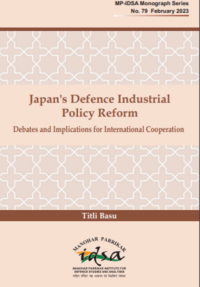The Korean Peninsula and Indo-Pacific Power Politics: Status Security at Stake
- Publisher: Routledge
This book analyses how critical actors such as the United States, China, Russia and Japan are caught in a tightly balanced power struggle affecting the Korean Peninsula. It shows how these countries are exerting control over the Korean Peninsula while also holding on to their status as critical actors in the broader Indo-Pacific. The prospects of peace, stability and unity in the Korean Peninsula and the impact of this on Indo-Pacific power politics are explored as well as the contending and competing interests in the region. Chapters present country-specific positions and approaches as case studies and review the impact of power politics on stakeholders’ relationships in the Indo-Pacific. The book also argues that the Korean Peninsula and the issue of denuclearization is of primary importance to any direction an Indo-Pacific Partnership may take.
Bringing together scholars, journalists and ex-diplomats, this book will be of interest to academics working in the field of international relations, foreign policy, security studies and Asian studies as well as audiences interested
- ISBN: ISBN: 978-0-367-36423-6 (hbk)
ISBN: 978-0-429-34585-2 (ebk), - Price: £120.00
- Jagannath P. Panda
- 2019













